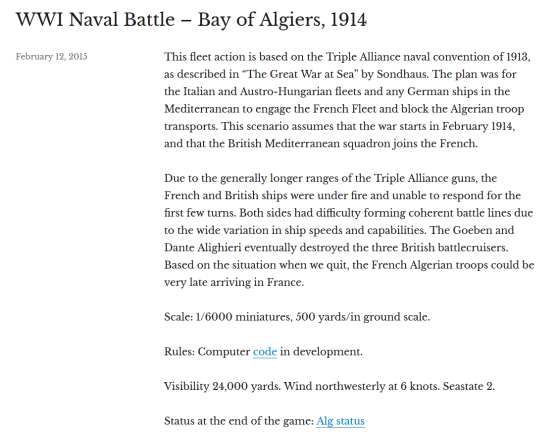From Aotrs Shipyards
PDF – Free

A free set of flight stand files (STL files) designed for 3Dprinting to supplement (or as an emergency replacement for) the traditional 16mm hexagon (28 x 32mm) injection-molded plastic flight stands, as sold by many miniatures manufacturers.
Bases: The hex base is 16mm side width (28 x 32mm square). The rear of the stand has a raised square feature, intended to facilitate easier ship ID placement.
The small base 10mm x 20mm is used with the flat-bottomed 15mm stand. This is intended for smaller escort ships, especially when close basing is required, where the traditional hex base is a bit too large. One version with the socket at the rear and one with the socket at the center is provided, for which point the mounting is best used. (Note that only the 15mm stand is provided flat as a specific image (i.e. file), since above that height, the base would be increasingly unstable.)
Stands: The 27mm stand is the base size (identical to the plastic stands). In addition, stands at 15mm, 20mm, 25mm, 30mm and 35mm are provided. The stands are flat-topped (unlike the traditional flight stand with the nub). They are intended to be socketed into 3.2mm diameter hole, using a 3.2mm drill bit. (Aotrs Shipyards models specifically accommodate this socket, if possible.) Models too small to be fitted with a socket can, in my long experience, simply be glued on the top of the stand.
The stand is designed to be hollow, with a 1mm shaft. This serves to strength the structure. in addition, this should be able to accommodate a thin wire or length of paperclip. Thus, the stand can be optionally pinned to increase strength for heavy metal models, or repaired more easily if broken, though this is probably not necessary for most starships (etc.) as a matter of course. There is also a socket in the bases to help locate such a pin if required. This feature is intended to compensate for the fact that printed FDM is likely to be more frangible than solid injection-molded plastic.
The flight stands should be printed horizontally, to maximize strength, with the printing grain being along the length of the stand.
These stands were designed during a period in which the traditional injection-molded flight stands (produced from only a single source) were unavailable due to machining issues. While these stands will never be as good (or cheap to produce) as the injection-molded flight stands, the intention was for these to serve as close a replacement as possible as/when/if those stands were to become unavailable again, as finding inexpensive alternatives on the market was very difficult and the intention was to make them as widely available as possible.
As such, these digital files are licensed under a Creative Commons Attribution 4.0 International License.








